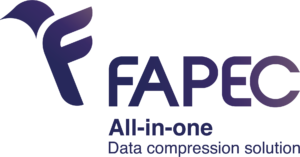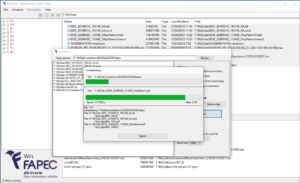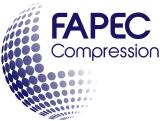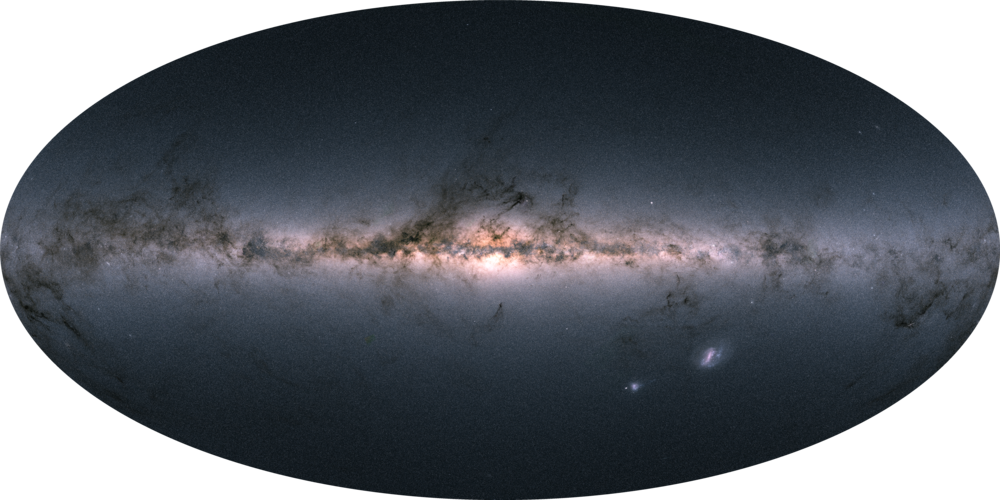Release of FAPEC Archiver 23.0 and WinFAPEC 1.0
We have just released the new version of our professional data compression software, FAPEC Archiver 23.0.
For the first time, we are also including a graphical front-end: WinFAPEC 1.0, for Microsoft Windows.
As in previous versions, the software can be downloaded from our website, at this link. Without any cost, it will provide you free decompression features (yet with some limitations) of .fapec files, both in command-line and with WinFAPEC (for Windows platforms). The command-line compressor and decompressor is available for Windows, macOS (x86_64 and M1 processors) and Linux (x86_64 and ARM processors).
To compress files (either through the command-line or with WinFAPEC), you will need a valid FAPEC license. Once again, you can get free 30-days evaluation licenses from our website. For full licenses, integration in your systems and support, please contact us.
These are some snapshots of WinFAPEC 1.0:
As usual, FAPEC Archiver (and now also WinFAPEC) includes our professional technology:
- High-performance, multi-threaded, versatile two-stage data compression.
- Automatic algorithm selection from a quick analysis of each file to be compressed.
- Professional stages: Kongsberg’s MBES data, CILLIC image and video compression, FastQ genomics compression, tabular (CSV) data…
- Ultra-fast compression for speeds in the GB/s regime.
- Lossy compression options for most of the stages, configurable by the user (lossless is set by default).
- Improvements in the Wave compression of multi-channel time series, including a “smart lossy” algorithm. As shown in this paper, it allows to achieve ratios as high as 100 on digital RF data with error-free demodulation.
- On-the-fly data analysis, allowing to obtain basic statistics from each file. It includes, for example, a “flatness map” of images (with CILLIC), or the compressibility of MBES watercolumn datagrams.
- On-the-fly encryption with XXTEA (and AES-256 for full licenses). Error recovery from corrupted files.
- APIs for third-party integration in C/C++, Python, Java, HDF5, FITS…
Have fun!















